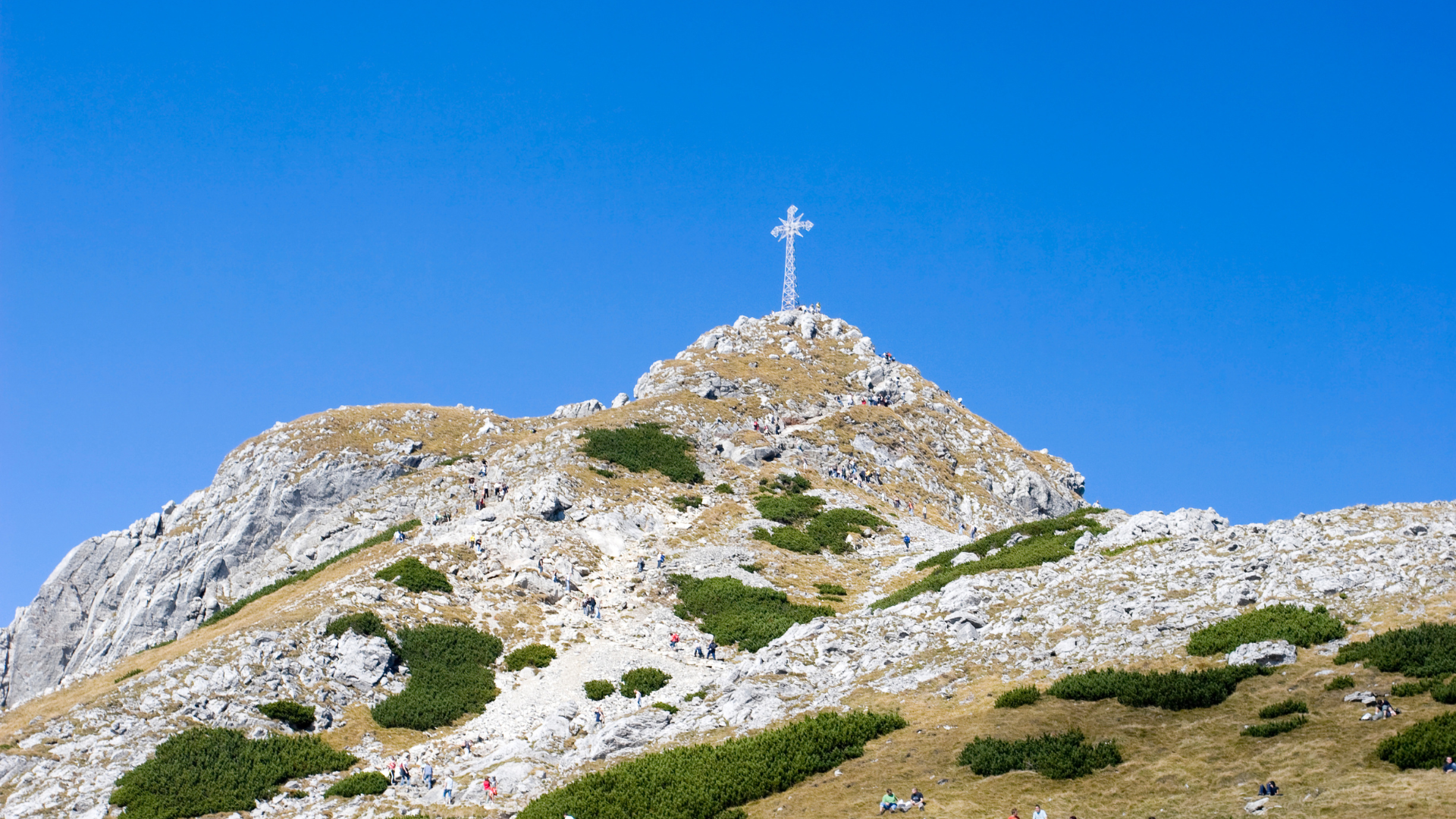What are road running shoes?
We take a closer look at all the elements of a running shoe, from upper to outsole, and describe what they do
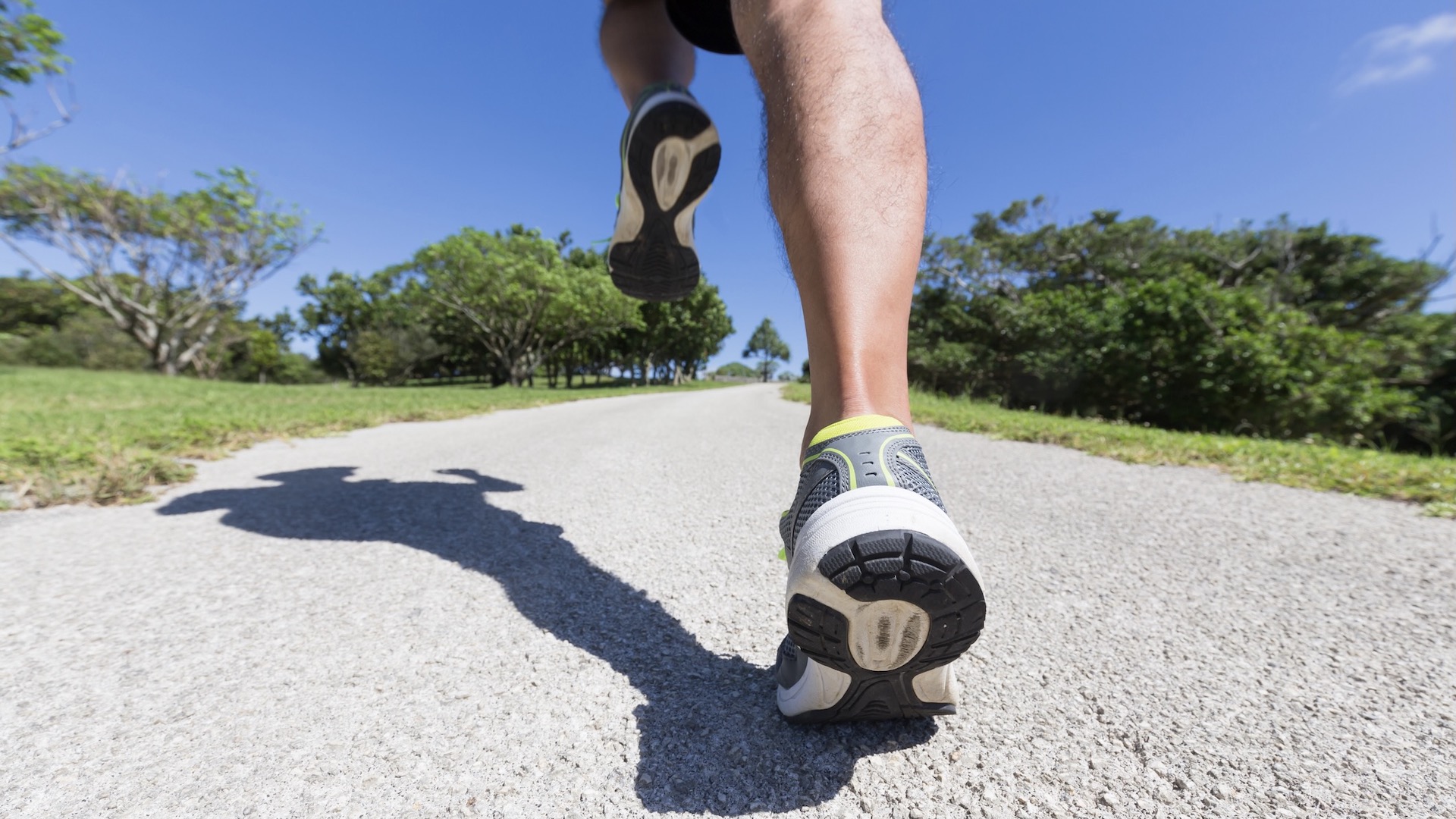
As runners, we take our running footwear footwear for granted, until it wears out and we need a new pair of shoes. But do you know all the components that make up a running shoe and why they are each and collectively important?
Let’s start at the top of a road running shoe.
Road running shoe upper
The upper is the part of the shoe that sits on top of – and over – the foot. There are a number of aims for the upper, including holding the foot in place in the shoe as you run.
The upper also provides protection from the environment where you are running, for example from dirt and grit naturally found on pavements and tarmac.
Most running shoes also feature further overlay protection, such as toecaps and a rand, which are sewn on to the upper.
The upper fabric will normally be a made of an engineered mesh or knit that provides a sock-like feel. Different brands create upper fabric patterned designs for strength and flexibility.
Advnture Newsletter
All the latest inspiration, tips and guides to help you plan your next Advnture!
The upper needs to be breathable, so the foot doesn’t become too sweaty and also some uppers include a waterproof liner, such as one made of Gore-Tex, to protect a runner’s foot fro rain and puddles.
The tongue
The tongue is usually a separate strip of fabric on the upper, although some tongues a more of an in-built part of the upper design. The tongue allows you to open up the top of the shoe to get your foot inside.
The tongue also provides protection between your foot and the lacing system.
Eyelet and lacing system
There are a variety of different lacing systems to keep the running shoes secure on your feet. The main aim is that the shoe doesn’t slip off or move about too much when running.
The laces fit through the eyelets in a traditional lace-up system. You might also see a lacing system that is tied by a toggle, such as with Salomon Speedcross shoes.
The toebox
This is the area at the front of the shoe, where the toes sit. The toebox protects the toes and should be roomy enough to allow the toes to spread out.
Heel collar or cuff
The collar or cuff is the part of the running shoe at the rear and heel area. The aim is to keep the heel in place and to stop any slipping inside the shoe. Running shoes will have different types of heel cups, some deeper or wide the others. This is an area of the shoe that you should pay attention to for the right comfort levels when having running shoes fitted.
Heel counter
The heel counter is the part of the shoe that wraps around the heel of the foot. It is usually a plastic or stiff fabric structure and it cradles the heel and provides side-to-side support. The counter might be internal or external to the shoe, depending on the design.
Other elements of road running shoes
There are more elements that will be in some running shoes, but not all. Here are further details of the anatomy of running shoes.
Footbridge or shank
This is the part of the shoe that sits between the heel and forefoot. It aims to offer stability by reducing twist underfoot.
Decoupled heel
This is the name for a split heel design that is aimed at absorbing shock and provides a smooth transition when the heel lands on pavement.
Carbon plates
Carbon plated shoes are a growing trend. Carbon plate running shoes, which were first developed by Nike with the Vaporfly 4% shoe, are said to aid running propulsion.
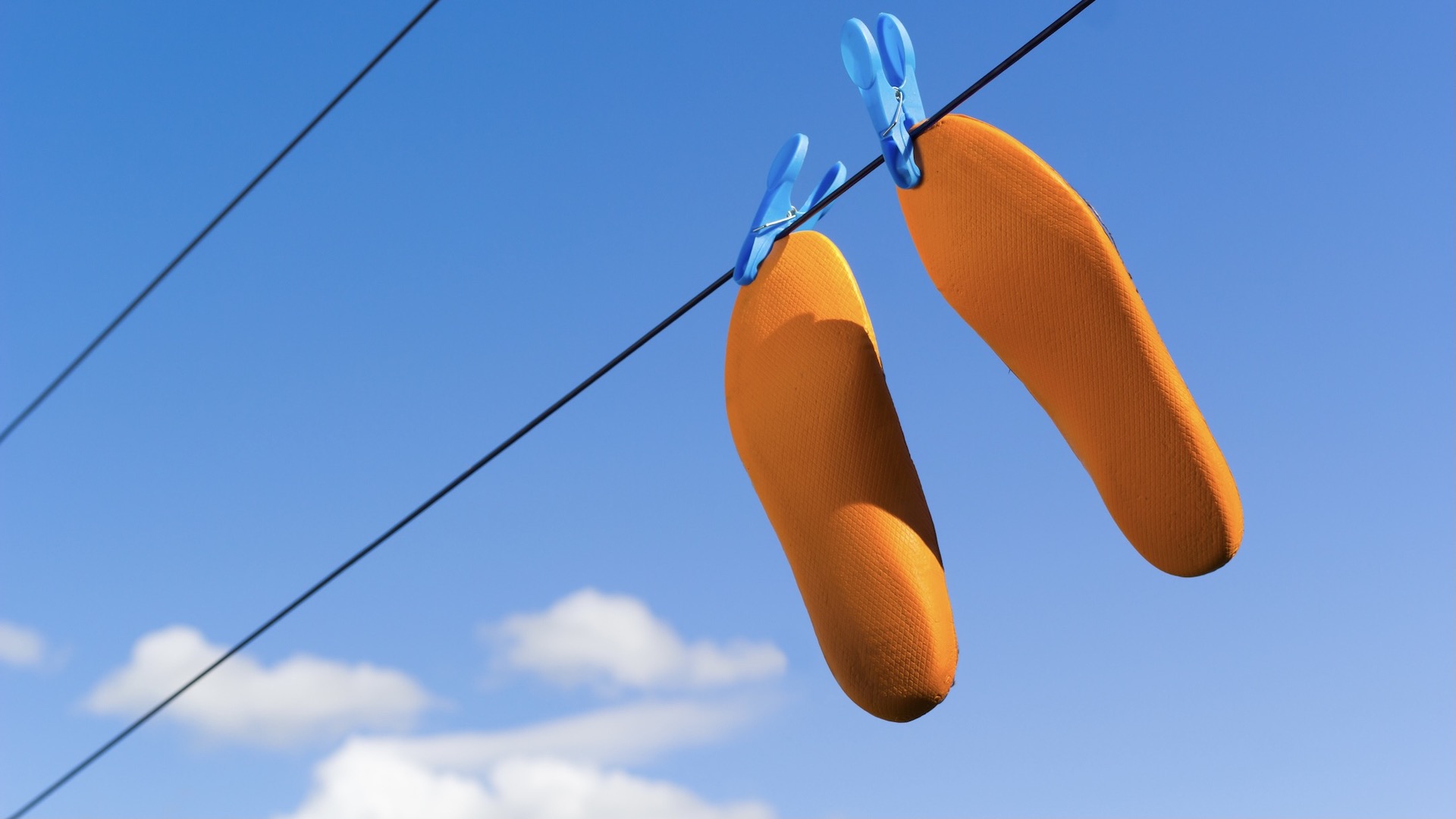
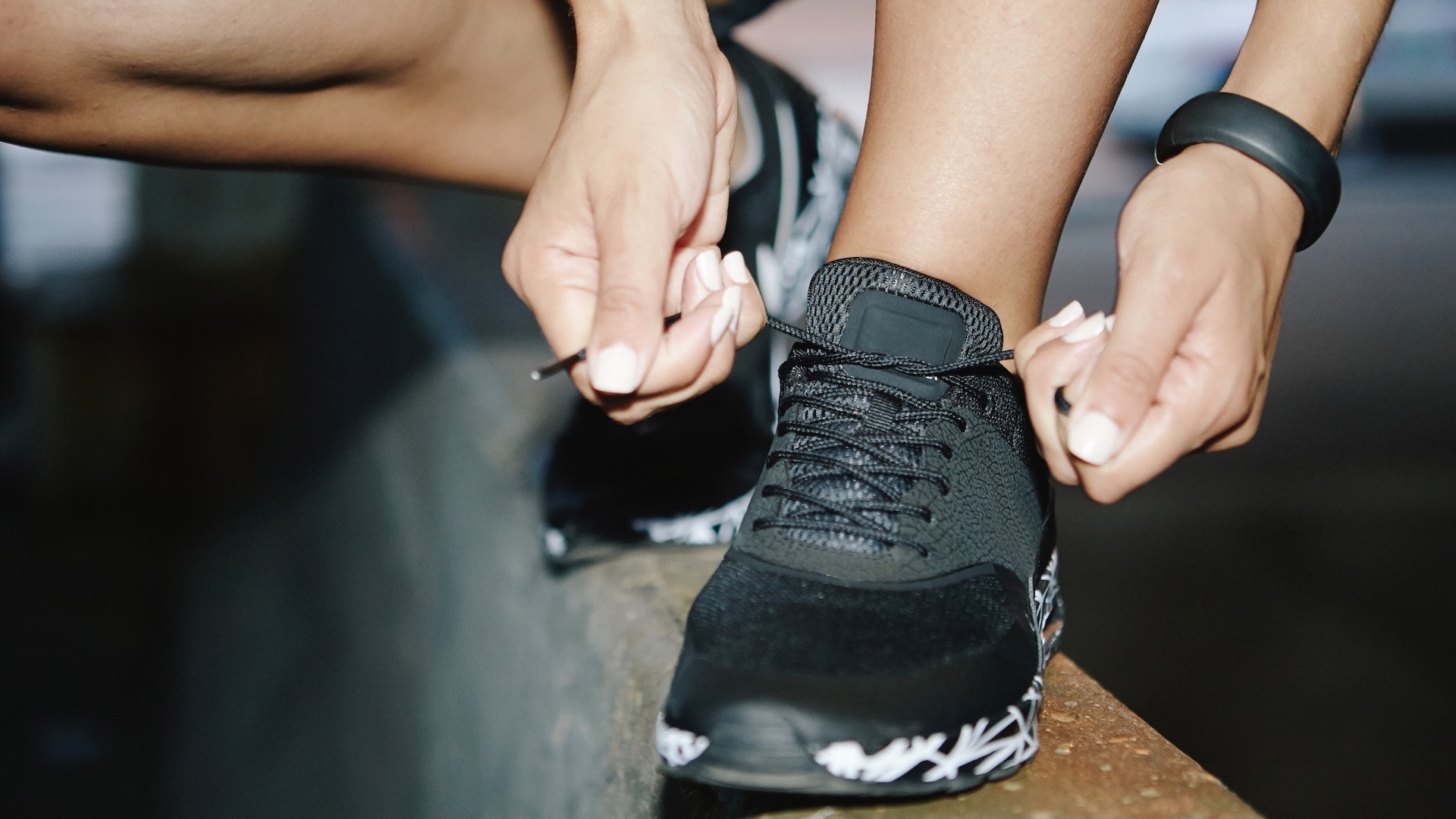
Sockliner or insole
You will feel this part of the the shoe when you put your foot inside the footwear. It’s the first layer of foam that you foot rests on inside the running shoe. Some runners choose to change the insole to suit their foot shape, although most running shoes offer a comfortable insole as standard.
The last
The last is used to describe the layer of material that is stitched to the upper part of the road running shoe. The sockliner or insole is designed to fit on top of the last.
The last should be made of a material that is both soft but also durable because it will need to withstand a lot of movement and impact when you run.
Midsole
Another integral part of a road running shoe is the midsole, which normally takes the form of a layer of spongy material sat between the upper and the outsole (we’ll come to that soon). The materials used by most brand soft the midsole will be both durable and cushioned.
Cushioning
Many running shoes feature gel cushioning in the forefoot and heel of the sole. The aim of the cushioning is to reduce the shock of repetitive foot strike on hard ground. Cushioning is an area that differs from running shoe to shoe. Some runners like higher levels of cushioning, while other prefer less for a more barefoot style of running.
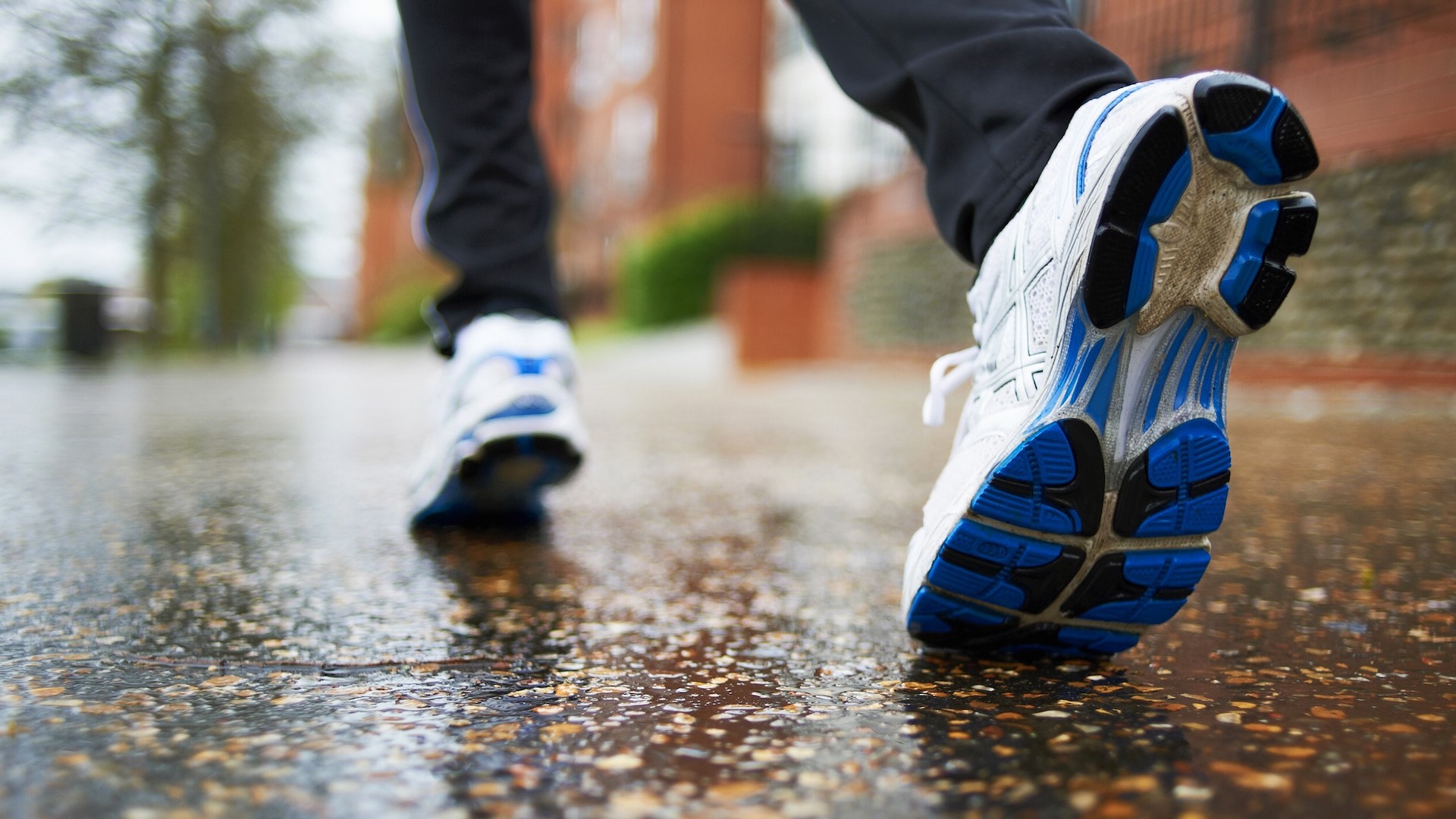
Running shoe outsole
The outsole makes up the base of the running shoe.There are different elements of the outsole of a running shoe. These are usually made of solid rubber or air-injected rubber, or a combination of the two.
While solid rubber is more durable, air-injected rubber is likely to be more flexible and gives extra cushioning underfoot.
The outsole on road running shoes will aim to offer grip on hard, tarmac surfaces in both dry and wet conditions. Different brands use different materials for the outsole but mostly it will comprise rubber.
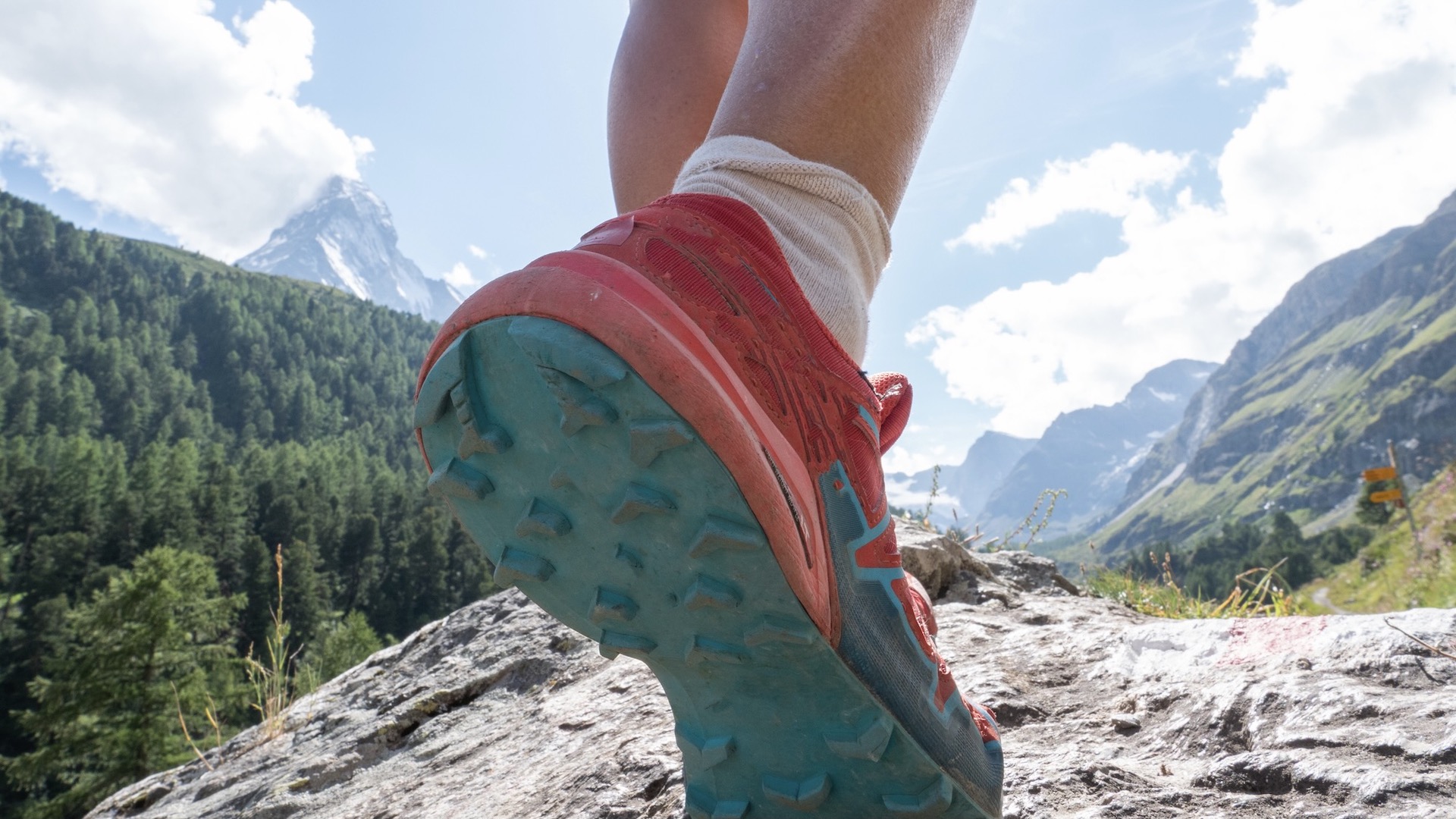
Any differences between road running shoes and trail running shoes?
The components of all running shoes are similar although there are some differences between road and trail running shoes when you take a closer look. Your favourite trail running shoes are usually designed with a more robust and durable upper to give greater protection from the off-road running terrain.
You’ll normally see more protective layers and features on the upper and where the upper joins the sole.
Trail running shoes are more likely to include a Gore-Tex liner for protection against the wet.
The outsole will be the main area of difference between road and trail running. Road running shoes are more likely to have a flatter tread with flexing grooves, while a trail running shoe will have a more aggressive lug pattern or design for extra grip on rough paths and trails.
Trail running shoes can feature a rock plate which is usually made of plastic and sits between the midsole and outsole. The aim is to protect the foot from very rough trails, such as rocks and tree roots.
As with road running shoes, the thickness of the outsole and the level of cushioning varies form brand to brand and model to model. Some runners like more cushioning, while others prefer more ground-feel.
Trail running shoes are typically more cushioned ion the are for use on hard-packed surfaces, such as forest racks, while trail running shoes that are meant for hill paths and more technical and unpredictable terrain normally have thinner soles and less cushioning for better grip, feel and stability for runner underfoot.
You'll see there is a lot more to a running shoe that you might imagine. Each part and component offers runners support, stability, grip and, hopefully, comfort and speed on the road or trails.
- Best trail running shoes: for tackling the toughest terrain

Fiona Russell is a widely published adventure journalist and blogger, better known as Fiona Outdoors. She is based in Scotland and is an all-round outdoors enthusiast with favorite activities including trail running, mountain walking, mountain biking, road cycling, triathlon and skiing (both downhill and backcountry). Aside from her own adventures, Fiona's biggest aim is to inspire others to enjoy getting outside and exploring, especially through her writing. She is also rarely seen without a running skort! Find out more at Fiona Outdoors.
